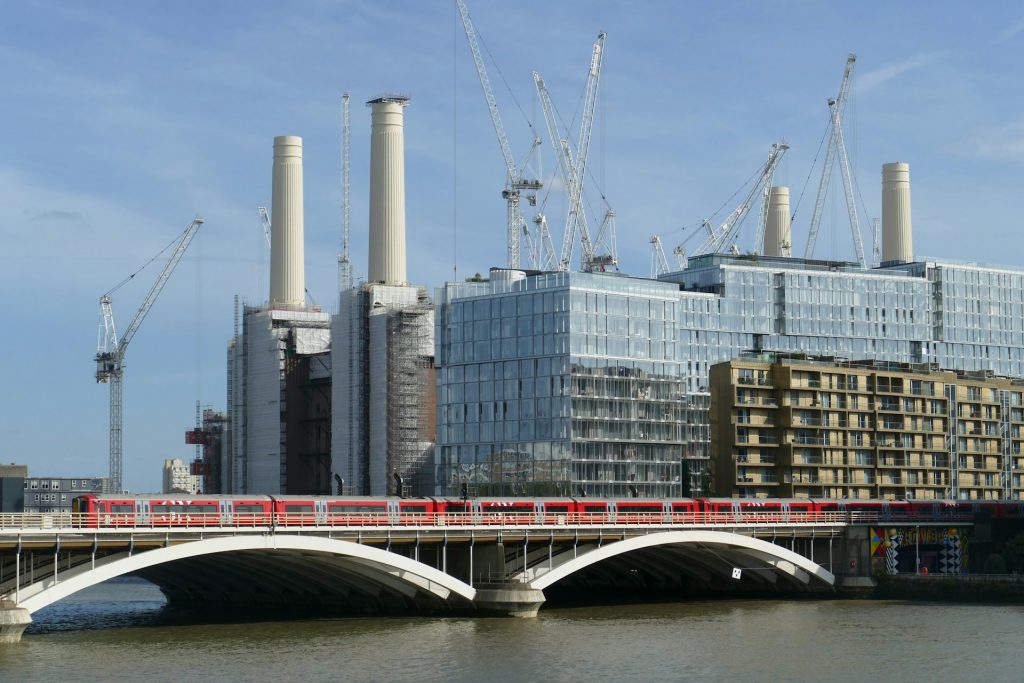London Property Investment in 2025: Trends, Growth and Buy-to-Let Hotspots

London has long been a magnet for property investment, offering a blend of global prestige, strong rental demand and long-term capital appreciation. In 2025, the market is evolving—shaped by shifting demographics, infrastructure upgrades, and regulatory pressures. For investors seeking buy-to-let opportunities, understanding the latest trends and identifying high-yielding areas is essential.
Market Overview: A Resilient but Two-Speed Capital
The London property market in 2025 is showing signs of resilience, albeit with a more nuanced performance across different zones. According to Fabrik Property Group, house prices are experiencing flat or modest growth overall, with prime central areas undergoing corrections while outer boroughs such as Barking, Newham and Croydon are outperforming.
Rental demand remains exceptionally strong, driven by population growth, tighter lending conditions, and a chronic shortage of new rental supply. This imbalance is pushing rents higher, especially in areas with good transport links and regeneration schemes. Yields are slowly improving in outer zones, while central London continues to see compressed returns due to high entry prices.
Key Trends Shaping Investment Decisions
- Transport Infrastructure as a Catalyst The completion of the Elizabeth Line and ongoing Overground expansions have unlocked new investment corridors. Areas previously considered peripheral are now within easy reach of central London, making them attractive to tenants and investors alike.
- Regulatory Shifts and EPC Standards Landlords face increasing scrutiny, with potential rent controls and tougher energy performance requirements. Properties with EPC ratings of A or B are becoming more desirable, both for compliance and tenant appeal.
- Affordability and Mortgage Constraints High interest rates continue to impact borrowing capacity, especially for new investors. This has led to a buyer’s market in many areas, with competitive pricing and more housing stock entering the market.
- Rise of Co-Living and Student Accommodation Purpose-built student accommodation (PBSA) and co-living developments are gaining traction, offering attractive yields and catering to London’s growing student population.
Best Buy-to-Let Hotspots in London
Several neighbourhoods stand out in 2025 for their rental yields, capital growth potential and regeneration prospects. Here are the top contenders:
1. Bow, East London (Zone 2)
Located near Canary Wharf and Stratford, Bow offers affordability with excellent connectivity. The area is part of East London’s “Golden Triangle” and has seen an average sales value growth of 44% over the past five years. Developments like Bow Green by Berkeley are delivering gross rental yields of up to 6.6%, making it a compelling choice for investors.
2. Southall, West London (Zone 4)
Southall has transformed into a rental hotspot thanks to the Elizabeth Line, which connects it to central London and Heathrow in under 15 minutes. The area saw a 12% increase in annual rents last year, and developments like The Green Quarter are offering yields of up to 6%.
3. Hayes, West London (Zone 5)
Another Elizabeth Line beneficiary, Hayes is just 20 minutes from Bond Street and close to major tech employers along the M4 corridor. Hayes Village by Barratt London is built on the former Nestlé site and offers yields of up to 6%, with strong tenant demand from professionals working in nearby business parks.
4. West Ham, East London (Zone 2/3)
West Ham is undergoing a development renaissance, with TwelveTrees Park at its heart. The new entrance to West Ham Station connects to five rail lines, enhancing accessibility. The area is expected to deliver yields of up to 6%, supported by proximity to Canary Wharf, Stratford and cultural attractions like the Olympic Park.
5. Ilford, East London (Zone 4)
Ilford is benefiting from regeneration and improved transport links via the Elizabeth Line. It offers affordable entry prices, strong rental demand and promising capital growth. Investors are drawn to its mix of new-build flats and Victorian terraces, with yields typically ranging between 5.5% and 6%.
6. Woolwich, South East London (Zone 4)
Woolwich has emerged as a buy-to-let favourite due to its riverside location, regeneration schemes and Crossrail connectivity. The area offers competitive yields around 5.8%, with further growth expected as new developments come online.
Strategic Advice for Investors
- Rethink Location: Central postcodes may no longer offer the best returns. Focus on outer zones with strong transport links and regeneration potential.
- Do the Numbers: Factor in rising service charges, maintenance costs and potential void periods. In London, every margin matters.
- Think Creatively: Consider alternative strategies such as HMOs (houses in multiple occupation), rent-to-rent models or refurbishments to boost returns.
- Plan for Regulation: Future-proof your investment by targeting energy-efficient properties and ensuring compliance with fire safety and building standards.
The 2025 Outlook: Stability with Opportunity
While London is unlikely to see runaway price growth in 2025, the market is far from stagnant. It’s evolving into a two-speed landscape:
- Prime Central London: Price-sensitive, with cautious overseas buyers. Opportunities exist for discounted deals from motivated sellers.
- Mid-Range and Outer Zones: More stable, supported by rental demand, infrastructure upgrades and first-time buyer incentives.
Overseas interest is also rebounding, particularly from Asia and the Middle East, as high-net-worth individuals and family offices continue to view London as a safe long-term asset.
London remains a dynamic and rewarding market for property investors—if approached with strategic insight. The key to success in 2025 lies in identifying emerging hotspots, understanding regulatory shifts, and adapting to changing tenant preferences. With strong rental demand and infrastructure-led growth, outer London boroughs are offering some of the best buy-to-let opportunities in years.
